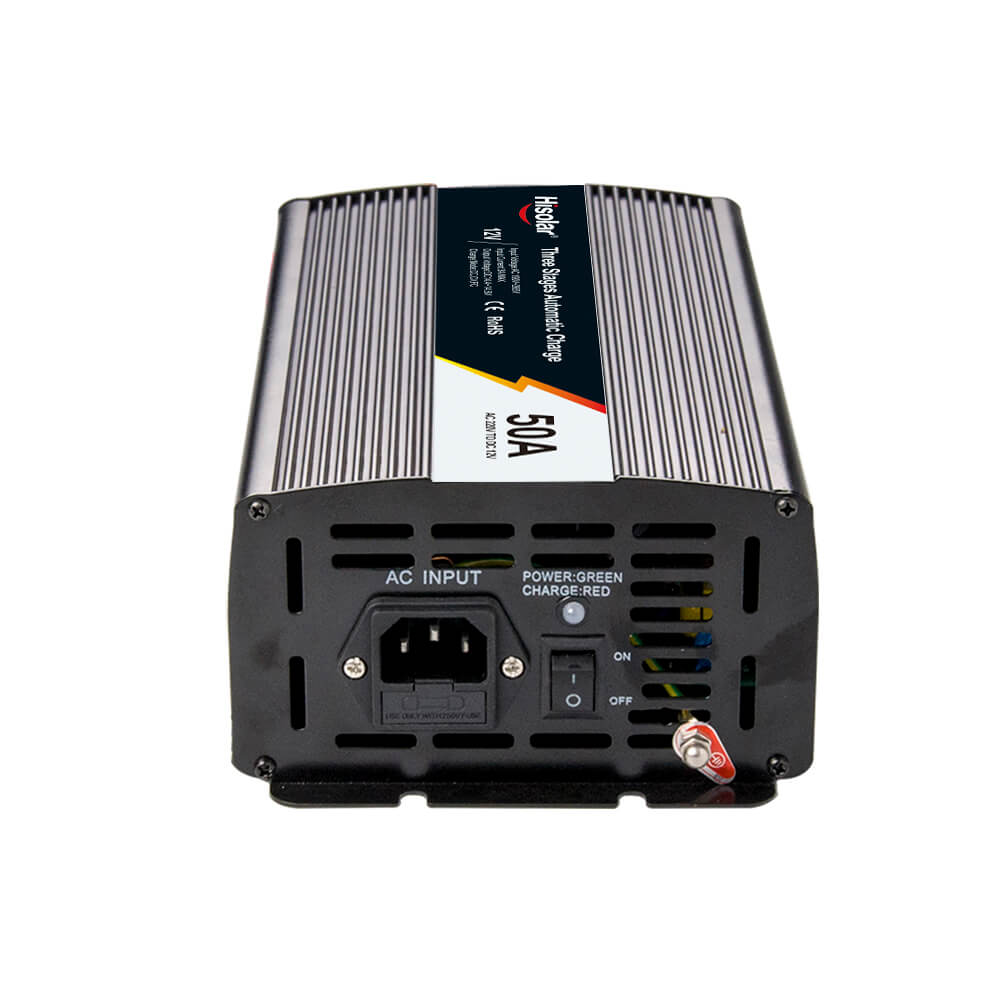Unveiling the Power: Understanding Charging Current Output in High-Power Lead-Acid Battery Chargers
2024-01-19
Introduction:
Charging lead-acid batteries efficiently involves a delicate balance of parameters, with charging current playing a pivotal role. In this blog post, we'll explore what charging current is, how it impacts the charging time, and the significance of choosing the right charging current output in high-power lead-acid battery chargers.
Defining Charging Current:
Charging current refers to the flow of electric current from the charger to the lead-acid battery during the charging process. It is measured in amperes (A) and is a crucial parameter that influences the rate at which the battery can be replenished with energy.
Impact on Charging Time:
The relationship between charging current and charging time is direct: higher charging currents lead to shorter charging times, and lower currents result in longer charging durations.
1. Higher Charging Currents:
- Rapid charging is achieved with higher charging currents. This is advantageous when quick turnaround times are essential, such as in emergency situations or when recharging electric vehicles with high-capacity batteries.
- However, high charging currents should be carefully managed to avoid overheating and potential damage to the battery. Fast charging may be suitable for some battery chemistries but may not be optimal for all.
2. Lower Charging Currents:
- Slower charging currents are often employed for maintenance charging or when extended charging times are acceptable. This approach is gentler on the battery, minimizing heat generation and promoting a more gradual replenishment of energy.
- Lower charging currents are commonly used in situations where preserving the battery's longevity is a priority, such as in applications where the vehicle or equipment is not in frequent use.
Considerations for Choosing the Right Charging Current:
1. Battery Capacity:
- The charging current should be compatible with the battery's capacity. For example, a higher-capacity battery may require a higher charging current to charge efficiently.
2. Battery Chemistry:
- Different lead-acid battery chemistries may have specific requirements regarding charging currents. It's essential to consult the battery manufacturer's recommendations for optimal charging parameters.
3. Charger Specifications:
- High-power lead-acid battery chargers often come with adjustable charging current settings. Users should ensure that the charger can provide the required current for their specific battery.
4. Temperature Considerations:
- Charging current can impact the temperature of the battery during the charging process. Some chargers incorporate temperature compensation features to adjust the charging parameters based on ambient temperature.
Conclusion:
Choosing the right charging current output for a high-power lead-acid battery charger involves a careful consideration of factors such as battery capacity, chemistry, and intended use. The impact of charging current on charging time is a delicate balance between efficiency and the health of the battery. By understanding these dynamics, users can make informed decisions to optimize charging processes for their lead-acid batteries, ensuring both efficiency and longevity.


